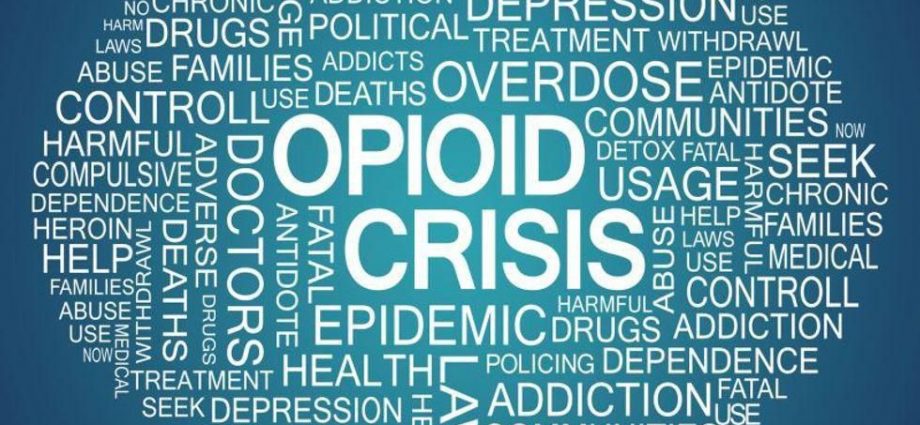FRIDAY, July 29, 2022 (HealthDay News) — Experts predict opioid overdoses will climb in both rural and urban areas because of the lethal practice of mixing the highly addictive narcotics with other drugs.
The coming wave of opioid overdoses “will be worse than ever seen before,” said researchers from Northwestern Medicine in Chicago who studied trends and used a predictive model to determine where deaths would escalate.
“I’m sounding the alarm because, for the first time, there is a convergence and escalation of acceleration rates for every type of rural and urban county,” said corresponding author Lori Post. She is director of the Buehler Center for Health Policy and Economics at Northwestern University Feinberg School of Medicine.
“Not only is the death rate from an opioid at an all-time high, but the acceleration of that death rate signals explosive exponential growth that is even larger than an already historic high,” Post said in a Northwestern news release.
For the study, the researchers used data from the U.S. Centers for Disease Control and Prevention’s WONDER database for 3,147 counties and areas equivalent to counties to study geographic trends in opioid deaths between 1999 and 2020.
The team was trying to determine if geography was involved in the past waves and to theorize about any coming wave.
The study found that opioid overdose deaths in 2020 were escalating faster in rural areas than in cities. Between 2019 and 2020, rates of overdose deaths escalated for the first time in six types of rural and urban counties, Post said.
“We have the highest escalation rate for the first time in America, and this fourth wave will be worse than it’s ever been before,” Post explained. “It’s going to mean mass death.”
The research team examined toxicology reports and found that people are using fentanyl (a synthetic opioid that is 50 to 100 times more potent than morphine) and carfentanil (a synthetic opioid approximately 100 times more potent than fentanyl) in combination with methamphetamines and cocaine.
This lethal cocktail can make it harder to save someone experiencing an overdose with an overdose-reversing drug like naloxone.
“The stronger the drugs, the harder it is to revive a person,” explained study co-author Alexander Lundberg, assistant professor of emergency medicine at Feinberg. “The polysubstance use complicates an already dire situation.”
Post said, “It appears that those who have died from opioid overdoses had been playing pharmacist and trying to manage their own dosing. This is a bigger problem because you have people misusing cocaine and methamphetamines along with an opioid, so you have to treat two things at once, and the fentanyl is horribly volatile.”
The study authors said solutions might include methadone centers, which offer medication-assisted anti-addiction treatments. These are more common in urban areas. Rural areas have no medication-assisted treatment options, Post said, adding that what works in large cities is likely not as useful for rural areas.
“Nobody wants to be a drug addict. It doesn’t matter if you’re taking Percocet because you broke your back while mining or if you’re a high schooler who died because they got into grandma’s medicine cabinet. We need to look at opioid addiction and overdose prevention immediately,” Post said.
“The only path forward is to increase awareness to prevent opioid use disorders and to provide medication-assisted treatment that is culturally appropriate and non-stigmatizing in rural communities,” she added.
The findings were published online July 28 in JAMA Network Open.
More information
The U.S. Department of Health and Human Services has more on the opioid epidemic.
SOURCE: Northwestern Medicine, news release, July 28, 2022
Copyright © 2025 HealthDay. All rights reserved.

